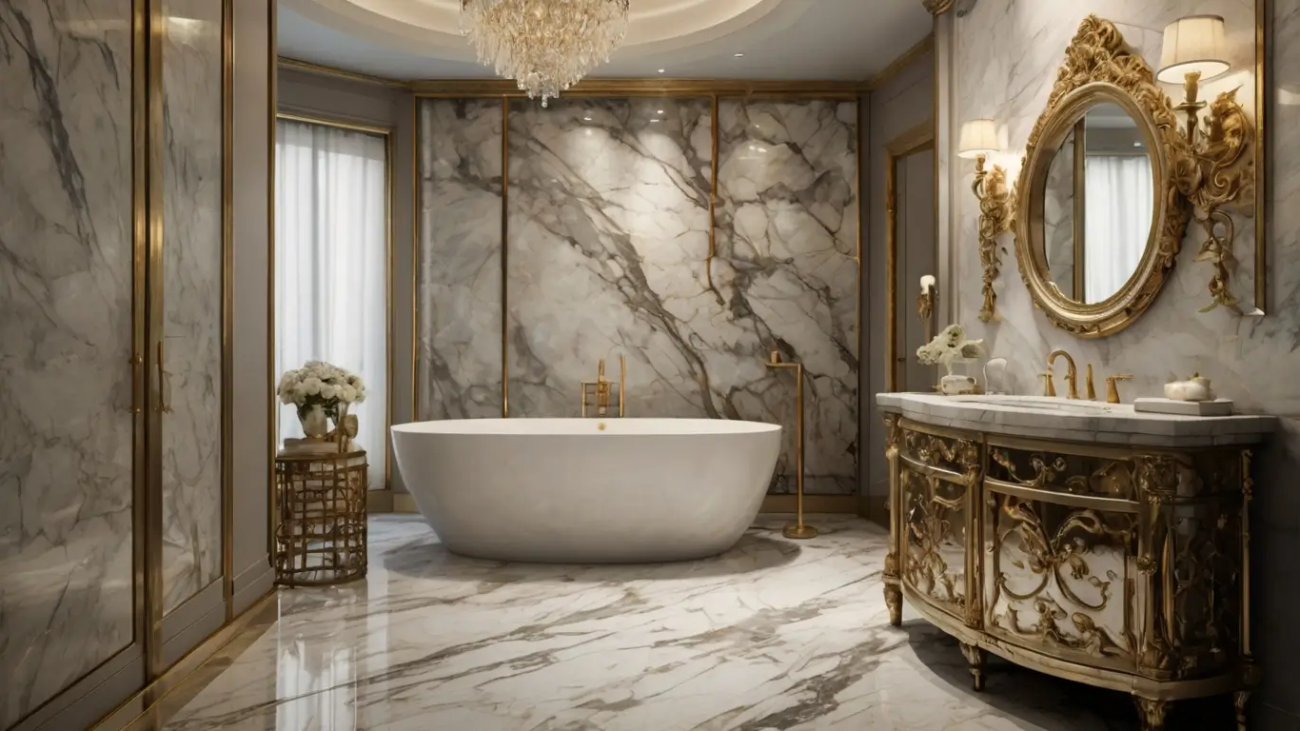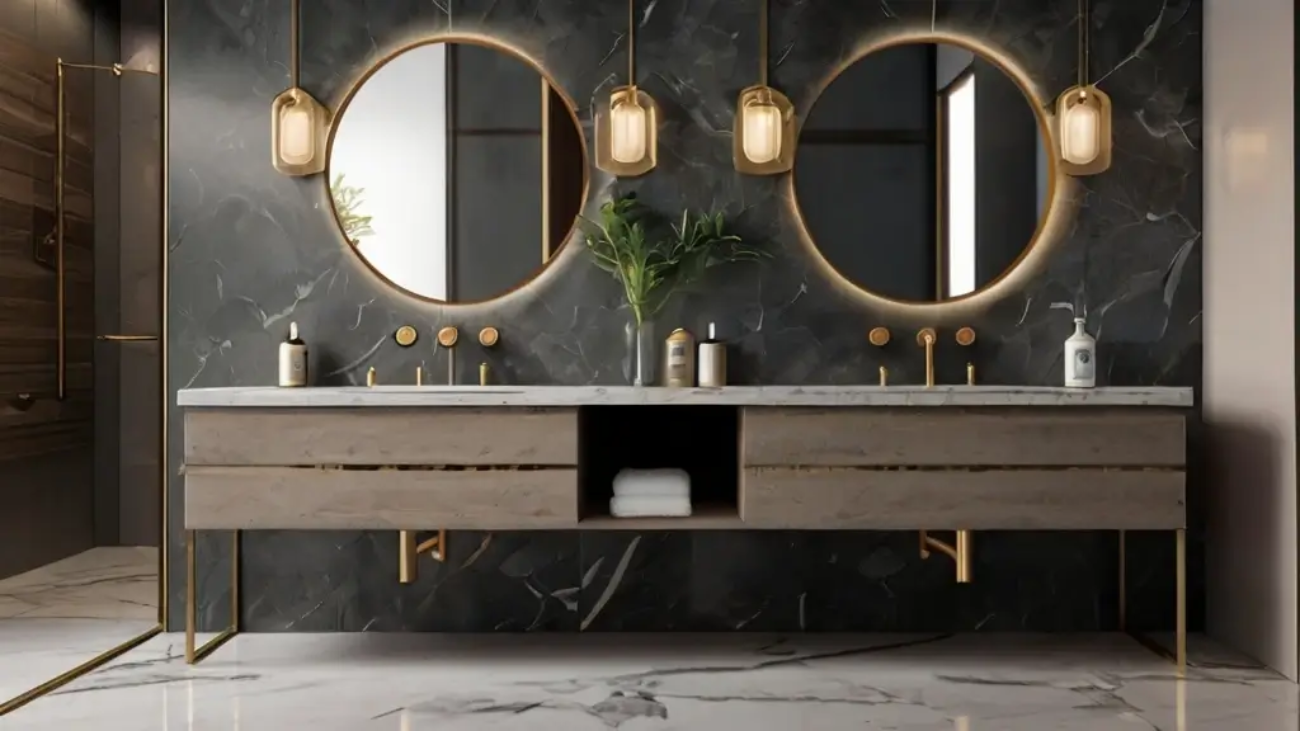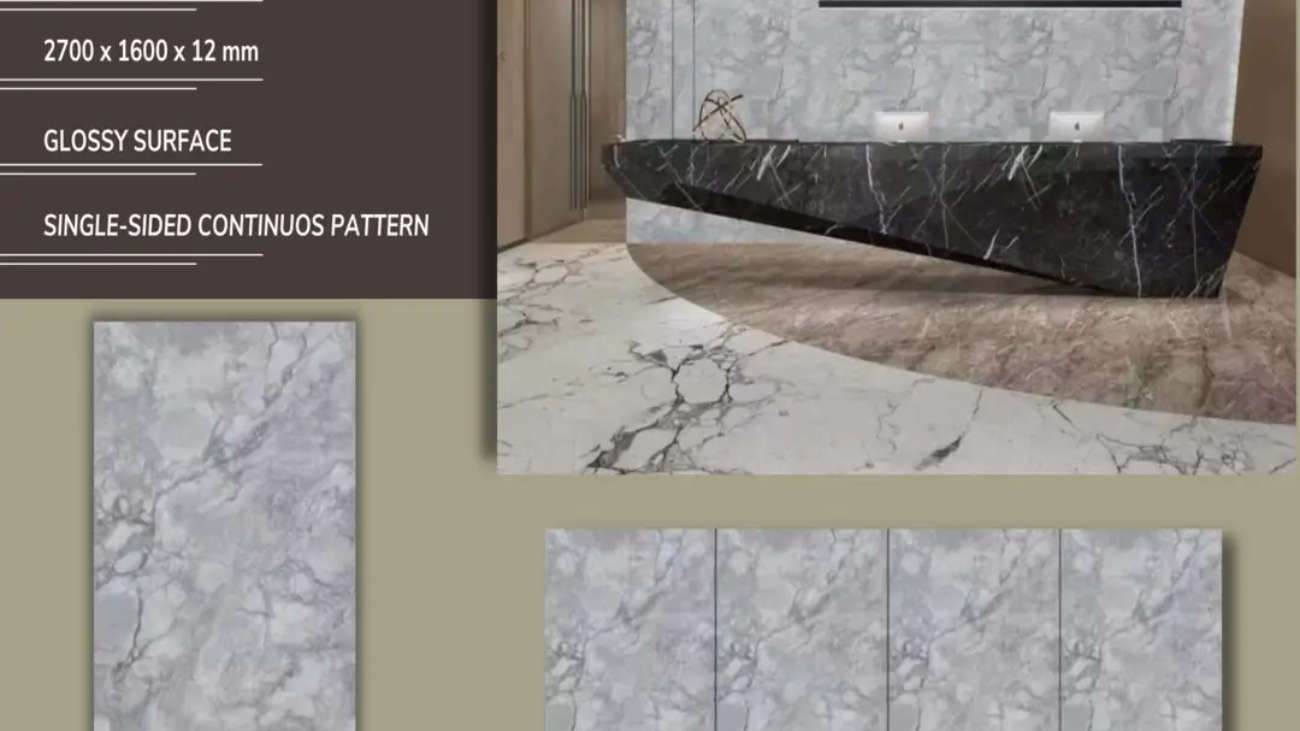Natural stone for bathroom vanities are a popular choice for homeowners seeking to enhance their bathrooms with elegance and luxury. These vanities are crafted from various types of natural stone, each possessing unique characteristics and advantages. Common options include marble, granite, quartzite, limestone, travertine, and soapstone.
This article will examine the different types of natural stone used for bathroom vanities, highlighting their individual properties and explaining why they are excellent choices for bathroom design. When selecting natural stone bathroom vanities, several factors should be considered, including durability, maintenance requirements, and aesthetic appeal. Each type of natural stone offers distinct advantages, making it essential for homeowners to carefully evaluate their options before making a decision.
Options range from timeless and luxurious marble to durable and low-maintenance granite, as well as unique and strong quartzite. Natural stone bathroom vanities are available to suit various styles and preferences. This article will explore the world of natural stone bathroom vanities and discuss the beauty and benefits of each stone type.
Marble: A Timeless and Luxurious Choice
The Versatility of Marble
This natural stone is available in a wide range of colors and patterns, allowing homeowners to find the perfect marble vanity to complement their bathroom decor.
Maintenance and Durability
While marble is undeniably stunning, it’s important to note that it does require regular maintenance to keep it looking its best. Proper sealing and cleaning are essential to prevent staining and etching, but with the right care, a marble bathroom vanity can last for years to come. In addition to its aesthetic appeal, marble is also a durable and heat-resistant material, making it an excellent choice for bathroom vanities.
A Timeless Choice for Bathroom Vanities
Its natural strength and resistance to heat make it a practical option for everyday use in the bathroom. Whether you prefer classic white Carrara marble or a more dramatic Calacatta marble with bold veining, there is a marble bathroom vanity to suit every taste and style. With its timeless beauty and enduring appeal, marble is a luxurious choice for homeowners looking to create a sophisticated and elegant bathroom space.
Granite: Durable and Low-Maintenance
Granite is another popular choice for natural stone bathroom vanities, prized for its durability and low-maintenance qualities. This igneous rock is formed from molten magma, giving it incredible strength and resistance to heat and scratches. Granite is available in a wide range of colors and patterns, making it easy to find the perfect granite vanity to complement any bathroom decor.
Whether you prefer a sleek black granite or a warm golden hue, granite offers a versatile and durable option for bathroom vanities. One of the key benefits of granite is its low-maintenance nature. This natural stone is resistant to stains and easy to clean, making it an ideal choice for busy bathrooms.
With proper sealing, granite bathroom vanities can withstand daily use without showing signs of wear and tear. In addition to its practicality, granite also adds a touch of luxury to any bathroom with its natural beauty and unique patterns. Whether you choose a polished or honed finish, a granite bathroom vanity is sure to make a statement in any bathroom space.
With its durability and low-maintenance qualities, granite is an excellent choice for homeowners looking for a practical yet stylish option for their bathroom vanities.
Quartzite: Strong and Unique
Quartzite is a natural stone that offers both strength and unique beauty, making it an excellent choice for bathroom vanities. Formed from sandstone and quartz under intense heat and pressure, quartzite is an incredibly strong and durable material that can withstand the demands of daily use in the bathroom. This natural stone is available in a wide range of colors and patterns, from soft whites and greys to bold blues and greens, making it easy to find the perfect quartzite vanity to suit any bathroom decor.
In addition to its strength, quartzite also offers a unique and striking appearance that adds character to any bathroom space. With its natural veining and subtle shimmer, quartzite creates a one-of-a-kind look that can’t be replicated with any other material. Whether you prefer a sleek and modern design or a more rustic and traditional style, quartzite offers endless possibilities for creating a stunning bathroom vanity.
With its strength and unique beauty, quartzite is an excellent choice for homeowners looking for a durable and distinctive option for their bathroom vanities.
Limestone: Soft and Elegant
Limestone is a soft and elegant natural stone that adds a touch of warmth and sophistication to any bathroom space. This sedimentary rock is formed from the remains of marine organisms, giving it a unique texture and character that sets it apart from other types of natural stone. Limestone is available in a variety of earthy tones, from creamy whites to soft greys and warm beiges, making it easy to find the perfect limestone vanity to complement any bathroom decor.
One of the key benefits of limestone is its soft and inviting appearance, which creates a sense of warmth and elegance in the bathroom. This natural stone adds a touch of timeless beauty to any space with its subtle veining and delicate texture. While limestone does require regular maintenance to prevent staining and etching, with proper care, it can last for years to come.
Whether you prefer a honed or polished finish, a limestone bathroom vanity adds a touch of understated luxury to any bathroom space. With its soft and elegant appearance, limestone is an excellent choice for homeowners looking to create a warm and inviting atmosphere in their bathrooms.
Travertine: Rustic and Warm
Unique Characteristics of Travertine
One of the key benefits of travertine is its rustic and warm appearance, which creates a cozy and inviting atmosphere in the bathroom. This natural stone adds character to any space with its natural pits and voids, giving it a distinctive look that can’t be replicated with any other material.
Maintenance and Durability
While travertine does require regular maintenance to prevent staining and etching, with proper care, it can last for years to come.
Adding Old-World Charm to Your Bathroom
Whether you prefer a tumbled or polished finish, a travertine bathroom vanity adds a touch of old-world charm to any bathroom space. With its rustic and warm appeal, travertine is an excellent choice for homeowners looking to create a cozy and inviting atmosphere in their bathrooms.
Soapstone: Sleek and Modern
Soapstone is a sleek and modern choice for natural stone bathroom vanities, prized for its smooth texture and contemporary appeal. This metamorphic rock is formed from talc, giving it a soft and smooth surface that adds a touch of sophistication to any bathroom space. Soapstone is available in a range of dark hues, from deep charcoal greys to rich black tones, making it easy to find the perfect soapstone vanity to complement any modern bathroom decor.
One of the key benefits of soapstone is its sleek and modern appearance, which creates a clean and contemporary atmosphere in the bathroom. This natural stone adds a touch of understated elegance to any space with its smooth surface and subtle veining. While soapstone does require regular maintenance to prevent staining and etching, with proper care, it can last for years to come.
Whether you prefer a honed or oiled finish, a soapstone bathroom vanity adds a touch of modern sophistication to any bathroom space. With its sleek and modern appeal, soapstone is an excellent choice for homeowners looking to create a clean and contemporary atmosphere in their bathrooms. In conclusion, natural stone bathroom vanities offer an array of options for homeowners looking to add luxury, durability, and unique beauty to their bathrooms.
From timeless marble to durable granite, strong quartzite, soft limestone, rustic travertine, and sleek soapstone, there is a natural stone option to suit every style and preference. Each type of natural stone offers its own set of advantages, making it important for homeowners to carefully consider their options before making a decision. Whether you’re drawn to the timeless elegance of marble or the sleek modernity of soapstone, there’s no shortage of stunning choices when it comes to natural stone bathroom vanities.
With their enduring beauty and practical benefits, natural stone vanities are an excellent investment for any home.
If you’re considering using natural stone for your bathroom vanity, you may also be interested in learning about the benefits of solid surface materials. Solid surface materials are a popular choice for bathroom vanities due to their durability and versatility. To explore more about solid surface materials, check out this article on Malaysia’s Top No. 1 Trustworthy Solid Surface. This article provides valuable insights into the advantages of using solid surface materials for your bathroom vanity and other design projects.
FAQs
What are the best natural stones for bathroom vanities?
The best natural stones for bathroom vanities include marble, granite, quartzite, and soapstone. These stones are durable, resistant to moisture and heat, and come in a variety of colors and patterns.
What are the benefits of using natural stone for bathroom vanities?
Natural stone for bathroom vanities offers durability, resistance to moisture and heat, and a timeless aesthetic. It also adds value to the home and requires minimal maintenance.
How do I choose the right natural stone for my bathroom vanity?
When choosing a natural stone for your bathroom vanity, consider factors such as durability, maintenance requirements, color and pattern options, and budget. It’s also important to consider the specific needs of your bathroom, such as moisture and heat resistance.
How should I care for and maintain natural stone bathroom vanities?
To care for and maintain natural stone bathroom vanities, it’s important to regularly clean them with a mild soap and water, avoid using harsh chemicals or abrasive cleaners, and promptly clean up any spills. Additionally, it’s recommended to seal the stone periodically to protect it from stains and moisture.



